New Product – Mini Ultra Pro
Over the years, we were fortunate enough to be involved in several wireless sensor network projects in real world applications. These boards were custom boards derived from our Mini Ultra 8 MHz, Mini Ultra 8 MHz Plus and also an unreleased Mega2560 variant. On top of that, different battery chemistry, secondary power source, and different radio technology were used. Based on these iterations, we refined our design and put them forward in a new board named Mini Ultra Pro. The Mini Ultra Pro is an Arduino Zero compatible board that is ultra low power targeted at wireless sensor network (ah come on, that IoT term bore us) applications. As much as we love our ATMega328P based design, we wanted something more powerful and more peripherals than that. Running out of program flash, RAM, serial port and other resources half way through our project development is not a pleasant experience especially when time is the biggest constraint.
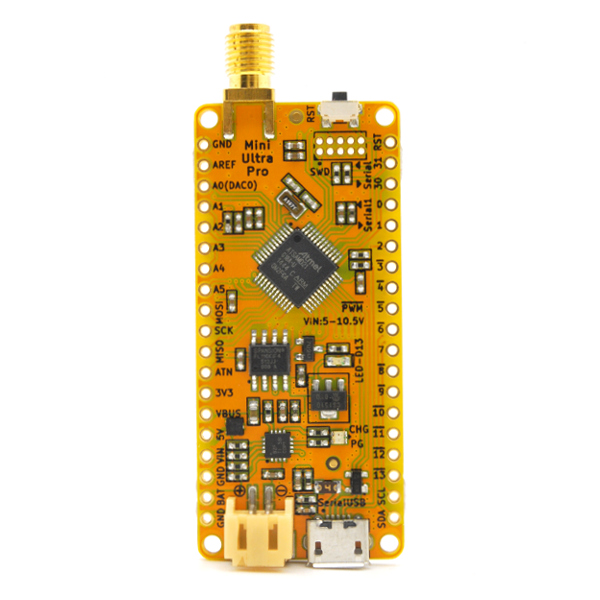
The very most important feature of the Mini Ultra Pro is it’s ability to reside in low power mode with only 20 µA of current while both the on-board serial flash and radio module are in sleep mode too. The ATSAMD21G18A-AU microcontroller used on the board also boast an on-chip real time clock (RTC) capability that also runs in the low power mode. This removes the need of an external RTC chip.
A serial flash of 16 Mbit (2 MByte) is included for data logging purposes. This serial flash chip uses the Serial Flash library written by Paul Stoffregen of PJRC and we personally tested the library with various chips to test the compatibility and consistency of the library. A low power patch was also added into the Serial Flash library to allow the serial flash chip to reside in low power mode. Here’s how we test various serial flash chip from different vendor before selecting the part we wanted to use on the Mini Ultra Pro.
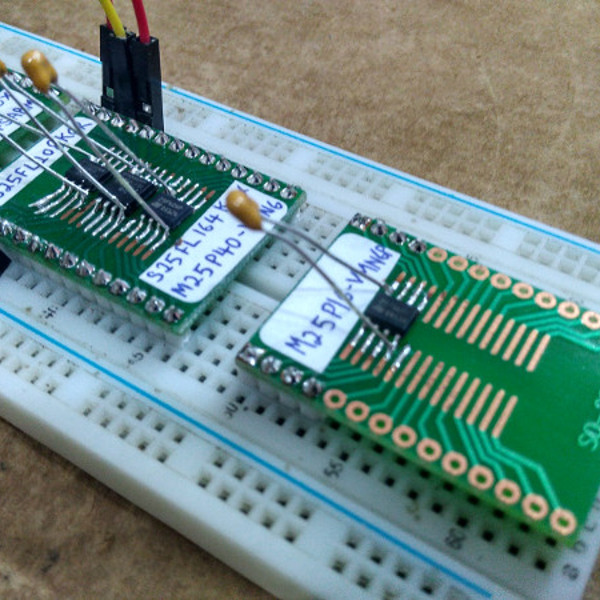
When we first venture into the wireless sensor network scene back in 2006, there were not that many choices available. Basically, it was either you stick to a CC2420 (it was not even made by Texas Instrument back then, try Googling for Chipcon) radio based design (many derivatives boards like Micaz, Telos, T-Mote Sky) or use ready made radio module like XBee (even the XBee family has evolved). We ended with both and used them based the suitability of the project. Fast forward 2016, we are spoil by so many choices. Different frequency modulation, transmission range, power requirement, network topology, ready-made modules and cost are just one of the few criteria to look at when deciding on a radio transceiver. After running some extension test, we have chosen the RFM95W LoRa radio module for long range transmission (up to 8 km in our semi-urban test) and RFM69HCW FSK radio module for short range transmission and cost sensitive deployment. Both of these modules are manufactured by HopeRF and we managed to visit their factory in Shenzhen last year. Unfortunately, no photos were allowed in their factory but the visit has increase our level of confidence to use their radio module on our products. At the moment, the Mini Ultra Pro comes in either without any radio module assembled, RFM95W, or RFM69HCW. Frequency of choice is currently limited to 868 MHz (Europe) and 915 MHz (North America, Australia). We have been using the RadioHead Packet Radio library for embedded microprocessors written by Mike McCauley. This library supports numerous radio module on the Arduino platform and both RFM95W and RFM69HCW are well supported. An active discussion group on the library can be found here.
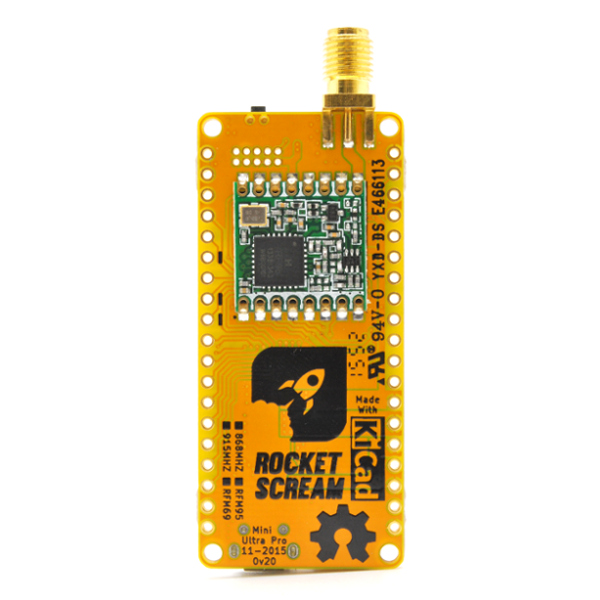
The new Mini Ultra Pro can be powered from rechargeable batteries like Li-Ion and Li-Polymer. An on-board power management IC manages the charging process and load balancing task. The Mini Ultra Pro board can also accept an external DC supply ranging from 5 V to 10.5 V with over voltage protection up to 28 V on the VIN pin. The power management IC on the board behaves close to that of a Maximum Power Point Tracking (MPPT) solar charge controller. If the input voltage on the VIN drops below a threshold, it will reduce the battery charging current to prevent the input voltage from further dropping beyond the usable level. This will prevent unnecessary multiple charging cycles that will eventually reduce your battery lifespan.
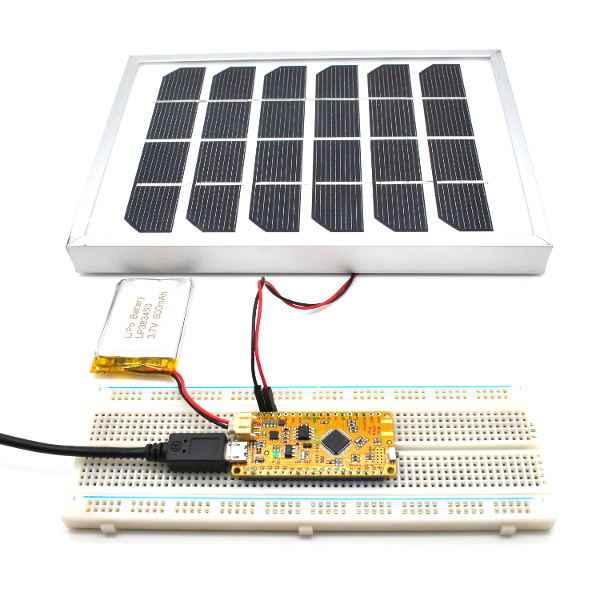
We hope you like the Mini Ultra Pro as much as we do. We are currently working on a companion gateway to build our wireless sensor network and also an online cloud based back bone.
Stay tune and take care.
The Mini Ultra Pro ships now!

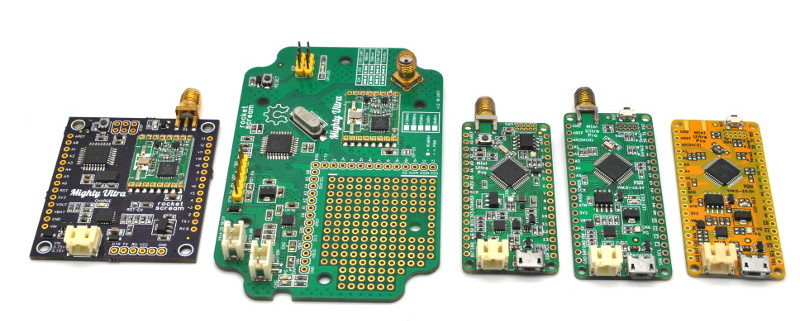







Leave a Reply
Want to join the discussion?Feel free to contribute!